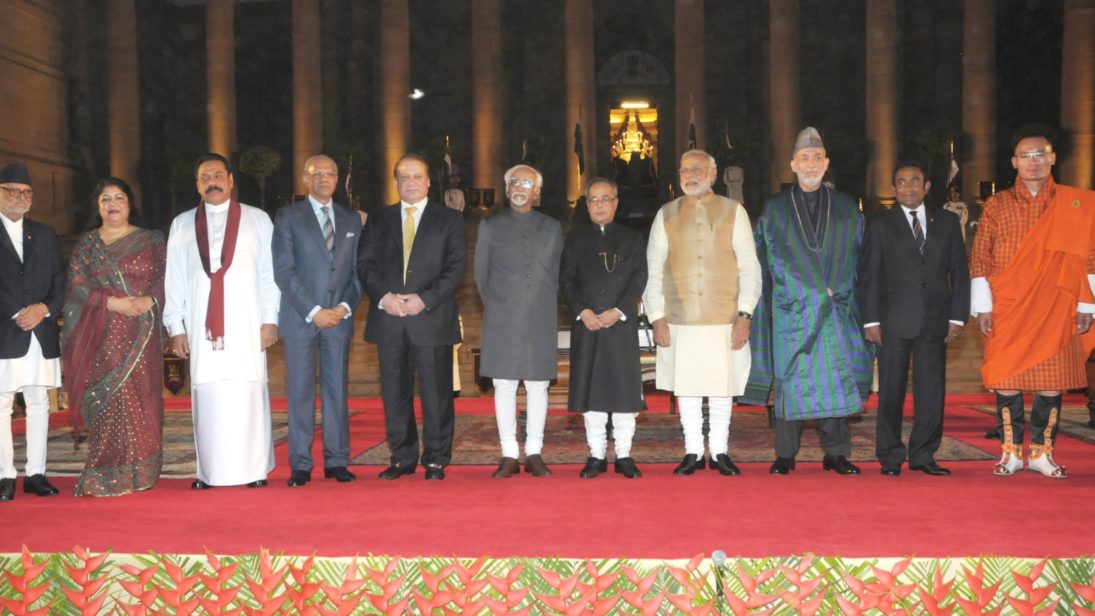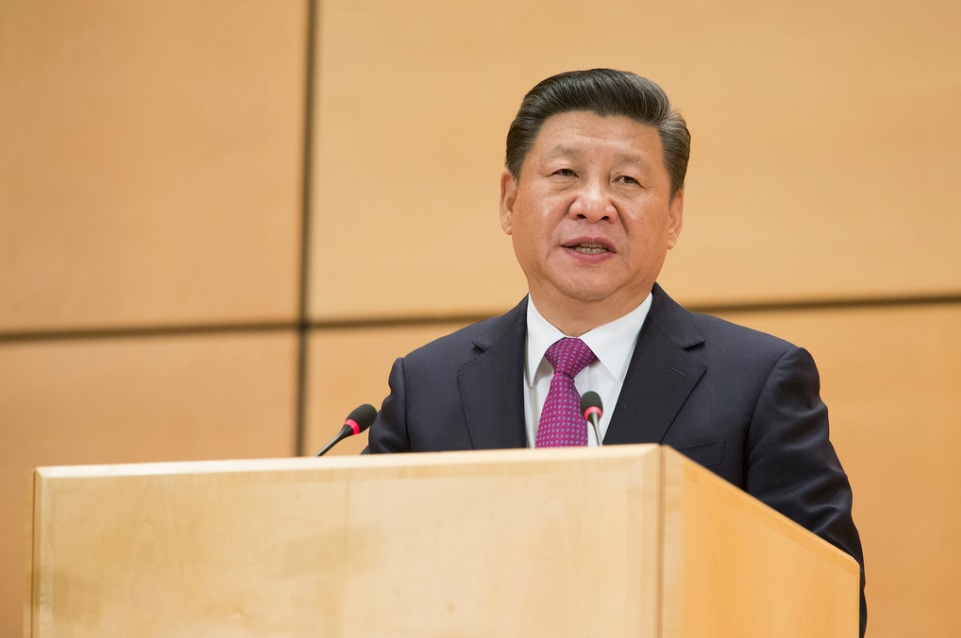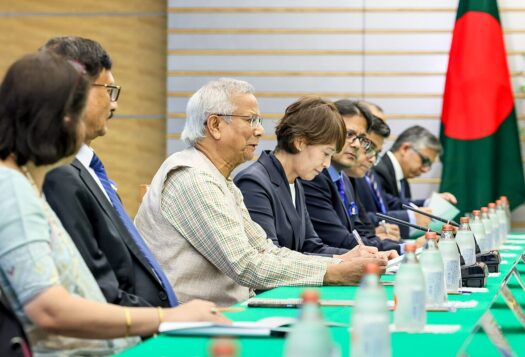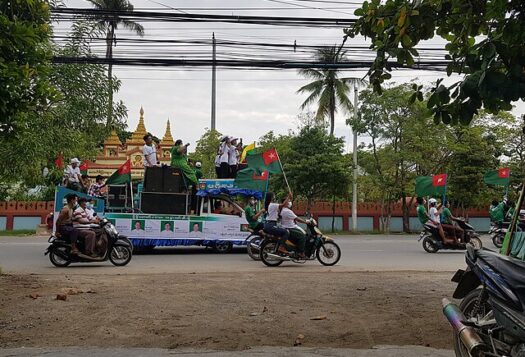
Indian Prime Minister Narendra Modi began his term in 2014 with a strong focus on India’s immediate neighborhood, inviting leaders of all the South Asian Association for Regional Cooperation (SAARC) countries for his swearing-in ceremony. Yet, three and half years later, the government seems to have lost the political will to carry on with its “neighborhood first” policy. During the same period, China’s engagement with India’s South Asian neighbors has gone up significantly. With most countries in the subcontinent scheduled to have elections soon, it may be the perfect opportunity for the Indian government to renew its focus on South Asia.
While Nepal’s national, parliamentary, and local elections concluded recently, the rest of South Asia is just entering election season. In 2018, Pakistan, Bhutan, and the Maldives will head to the polls while Bangladesh, Afghanistan, and India will hold presidential/national elections in 2019, followed by Sri Lanka in early 2020. Questions of democratic governance, identity politics, civil-military relations, the nature of federalism, economic development, and minority representation are important election issues in these countries and affect the complex regional politics of South Asia.These contentious domestic issues and an ever-increasing Chinese presence will also impact geopolitical realities in the region.
China is competing with India in offering economic and developmental assistance to Nepal, Bangladesh, and Sri Lanka irrespective of the regime. China’s role in the development and security of these smaller South Asian states presents India with difficult challenges on the foreign and security front. India has stakes in the security, stability, democracy, and prosperity of the region and an expanding Chinese presence generally reduces India’s leverage over these states. Therefore, these upcoming elections present New Delhi with significant policy challenges regarding effective engagement with the incoming governments to restrain the growing influence of China in the region.

Nepal is a case in point: it elected a new government recently as per the new constitution ratified in 2015. Nepalese foreign policy now prioritizes diversifying its overwhelming dependence on India for trade and access routes. Meanwhile, China’s relations with Nepal have been strengthening over the last three years, and with the recent electoral victory of a Leftist alliance in the country, China’s influence is expected to increase even further under the new regime. Nepal is also forging closer ties with China through participation in the Belt and Road Initiative (BRI). How India will manage this emerging situation and retain its advantage in Nepal is an open question.
Democratically-elected governments in Pakistan and the Maldives present another set of challenges to India. India has failed to make meaningful progress in its relations with both these states over the last three years and seems unwilling to do so. Not only has there been a lack of dialogue between India and Pakistan, but Islamabad is also an integral part of China’s BRI project through the China-Pakistan Economic Corridor, which runs through territory disputed between India and Pakistan and hence is opposed by New Delhi. Similarly, political crises raged in the Maldives last year but India did little to mitigate the situation despite the capacity to do so. Recently, amidst Indian concerns over growing Chinese activities in the Indian Ocean, the Maldives signed a Free Trade Agreement (FTA) with China and is expected to grant China a greater degree of influence over the island state and provide some political cover to the regime.
This India-China competition manifests itself in other South Asian states as well. India has improved bilateral ties with Bangladesh and Myanmar in the last three years, however, the recent Rohingya crisis has exposed the limits of India’s diplomacy in South Asia. As China came up with a formula to resolve the crisis, India was more occupied with domestic debates about the potential threat from Rohingyas and failed to play its role as a regional power. Similarly, India’s relations with Bhutan were tested during the recent Doklam standoff involving China. For context, Bhutan’s relations with India and China had become a factor in its last national elections in 2013. As the then Bhutanese government sought to build ties with China, New Delhi cut off developmental assistance to Thimpu, sending a clear message to Bhutan. On the one hand, these states’ expectations of India’s greater economic assistance, military interest, and diplomatic focus consequently play a role in influencing their domestic politics. On the other hand, China is now in a better position to assist South Asian states and engage with any regime ruling these countries. India does not enjoy such a luxury on account of its direct politico-diplomatic interests in the region.
In this context, it is vital to note that while China is making rapid inroads into the region, there are limits to its influence on account of the geography and domestic politics of the regional states. Hence, it is time that the Indian government lives up to regional expectations and plays the role of a leader fighting for the growth and prosperity of the subcontinent.
***
Editor’s Note: Click here to read this article in Hindi
Image 1: Indian Embassy, Bangkok
Image 2: Umairadeeb via Flickr


